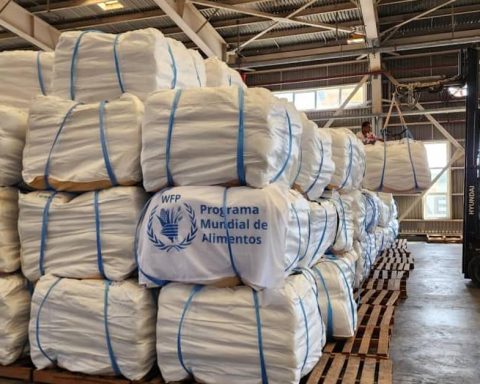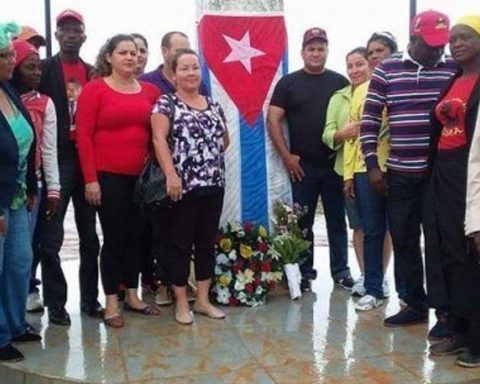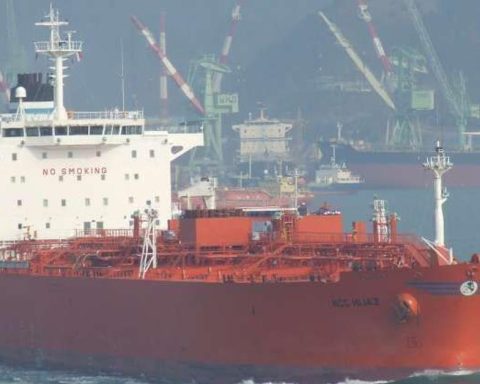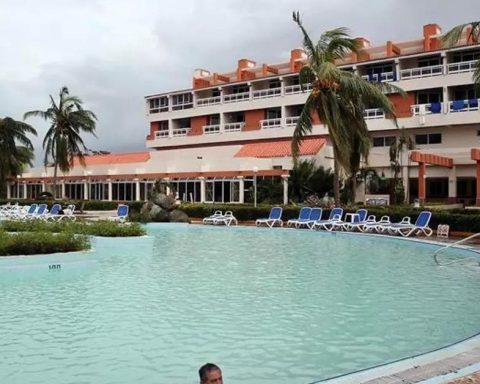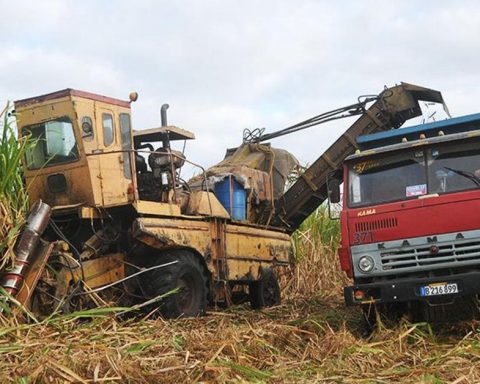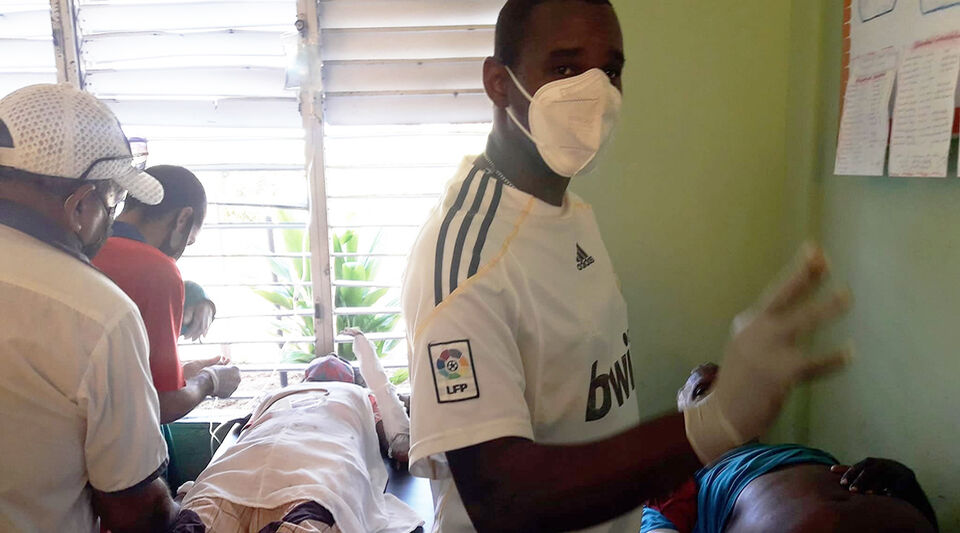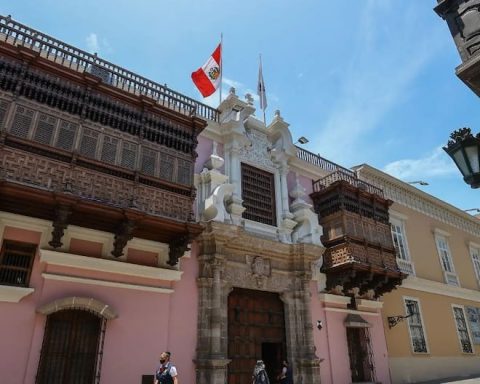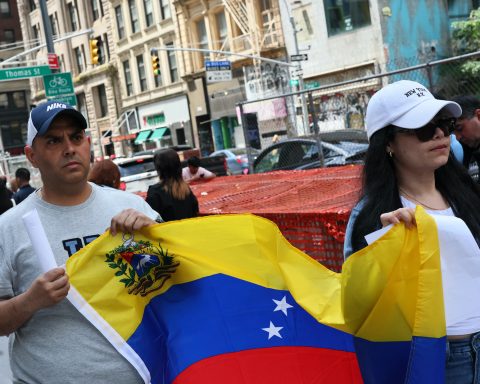The paralysis of the pumping of crude oil through the pipelines seriously hit the sector. Recovery from previous levels will take until February 2022.
According to the latest report published on the website of the Ministry of Energy, oil production has fallen to 91,479 barrels of oil per day. A few weeks before the pumping of crude through the two main pipelines in the country was stopped, that production reached 485,000 barrels a day.
In other words, as of December 8, 2021, the reduction has been more than 81%; what would increase initial projections for lost revenue that were between $ 533 million and $ 600 million.
However, the light at the end of the tunnel of the current crisis, caused by the regressive erosion in the tributaries of the Coca River, seems to be looming in these last days before the end of the year.
On the afternoon of December 29, 2021, the Heavy Crude Oil Pipeline (OCP) announced that it will be able to resume operations sooner than expected.
“OCP Ecuador has managed to complete the construction of the bypass ahead of time and is ready to restart its operations this December 31, a week earlier than initially planned,” said a statement.
The bypass of approximately 4 kilometers is ready, after a whole human and technical team has worked for several days without rest.
“We have made an effort and we have restored the service a week ahead of schedule, since our commitment to the country is what drives us,” said Roberto Grijalva – operations manager of OCP Ecuador.
In addition, he stressed that despite the climatic conditions that affected the construction and accelerated the advance of the natural phenomenon of erosion in the Piedra Fina – Napo sector, they managed to finish the work earlier than established.
On December 8, OCP Ecuador stopped pumping crude and drained the pipeline until it was emptied as preventive measures against the advance of regressive erosion in the Piedra Fina riverbed. The company also maintained 24-hour on-site monitoring defining 28 monitoring lines along the edge of the erosion.
The activities to start the reception of crude oil at the Amazonas Station in Lago Agrio will begin 24 hours after the pumping restart, with this the oil fields will be able to restart their activities and production will be able to gradually recover. Similarly, the first export of Napo crude is expected on January 3, 2022, through the OCP Maritime Terminal in Esmeraldas.
For its part, the restart of the activities of the Trans-Ecuadorian Pipeline (SOTE) is announced for tomorrow, December 30, 2021, according to the latest information generated by Petroecuador.
However, a return to production levels prior to the current crisis will not be possible until the end of February 2022.
New Petroecuador manager should drive recovery
Although it is not yet official, the board of directors of the state-owned Petroecuador gave the endorsement for Ítalo Cedeño to serve as the new general manager of the institution. One of your main immediate tasks will be to recover the lost production in the last days.
The new manager had been working as a member of the Oil Coalition, a group of experts from the hydrocarbon sector that designed a plan to double oil production in Ecuador.
A goal that President Guillermo Lasso himself recognized that it will not be possible to achieve until 2025 but until 2028. For that, around $ 16,000 million in investments are needed.
Cedeño has a long history in the hydrocarbon sector. He was Vice President of Petroecuador, between 1980 and 1988, and was a representative of the Chinese company Andes Petroleum. (JS)

